Idle cycles ("doing nothing") will also render as "(program)" (you may profile this SO page for a few seconds and get 100% of (program)), so this is not a sign of something bad in itself.
The other thing is when you actually see your application lagging. Then (program) will be contributed by the V8 bindings code (and the WebCore code they invoke, which is essentially anything: DOM/CSS operations, painting, memory allocations and GCs, what not.) If that is the case, you can record a Timeline of your application (switch to the Timeline panel in Developer Tools and press the Record button in the bottom status bar, then run your application for a while.) You will see many internal events with their timings as horizontal bars. You will see reflows, style recalculations, timers fired, GC events, and more (btw, the latest Chromium versions have an improved memory profiler utilization timeline, so you will be able to monitor the memory used by certain internal factors, too.)
To diagnose memory problems (multiple allocations entailing multiple Full GC cycles) you may use the Profiles panel. Take a heap snapshot before the intensive part of your code starts, and another one after this code has run for some time. Then compare the two heapshots (the right SELECT at the bottom) to see which allocations have taken place, along with their memory impact.
